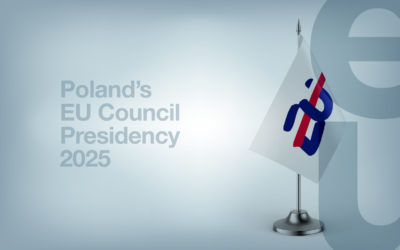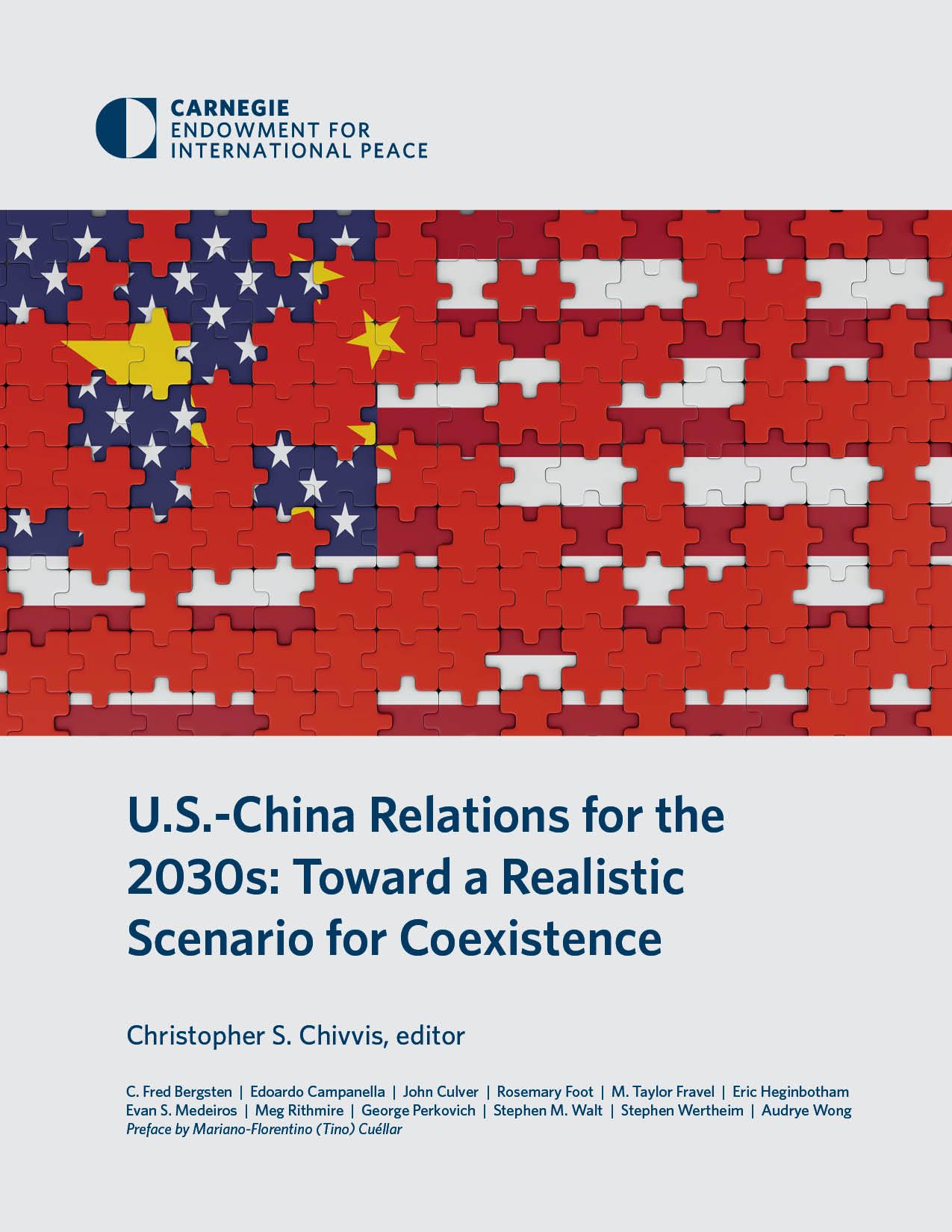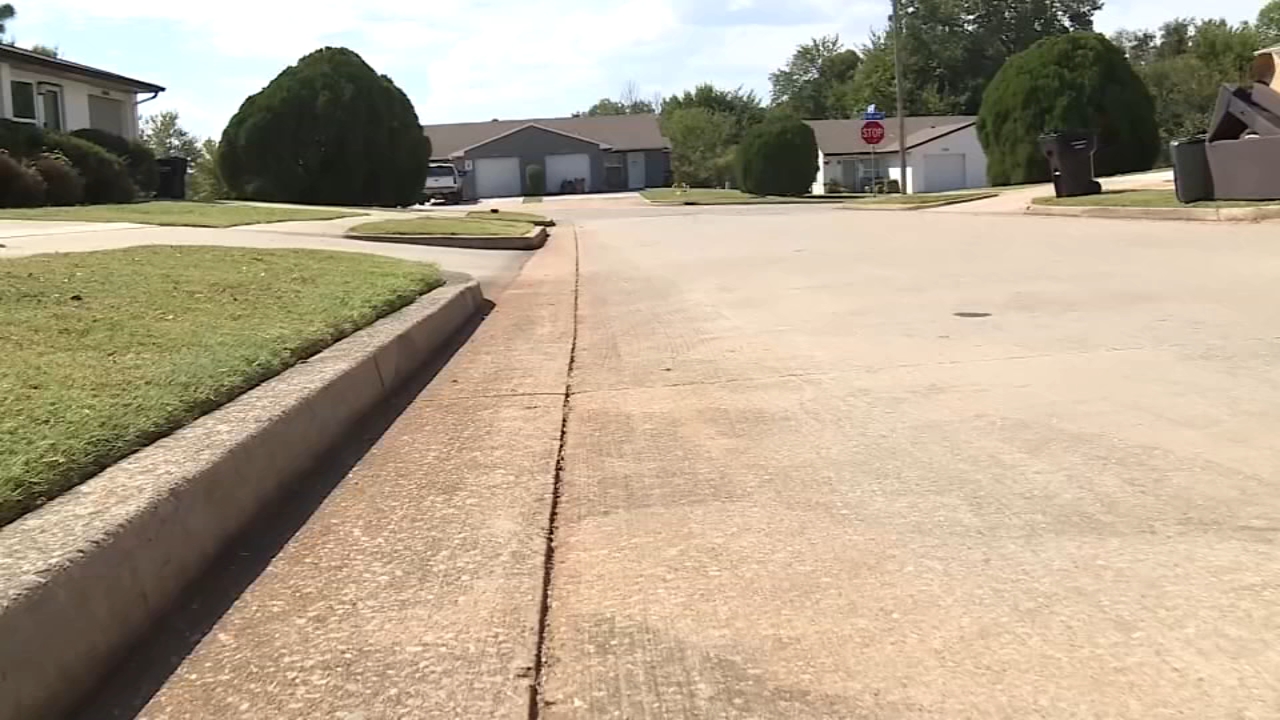Analysis of UK Legislative Trends and Their Impact on Sustainable Development Goal 16
Introduction: Legislative Developments and Fundamental Freedoms
Recent legislative measures enacted in the United Kingdom present significant challenges to the fulfillment of key Sustainable Development Goals (SDGs), particularly SDG 16, which aims to promote peaceful and inclusive societies, provide access to justice for all, and build effective, accountable institutions. An examination of new laws concerning public order, hate speech, and online content reveals a pattern of expanding state control that may inadvertently stifle public expression and dissent, thereby undermining the principles of SDG Target 16.10, which explicitly calls for the protection of fundamental freedoms.
Legislative Scrutiny and Contradictions with SDG 16
Several recent legislative acts have been identified as potentially detrimental to the promotion of just, peaceful, and inclusive societies. These measures, while often introduced with protective intentions, risk creating a disproportionate impact on civil liberties.
- The Police, Crime, Sentencing and Courts Act 2022: This legislation grants law enforcement expanded authority to curtail protests deemed “noisy” or “disruptive.” This directly conflicts with SDG Target 16.7 (ensure responsive, inclusive, participatory and representative decision-making) and Target 16.10 (protect fundamental freedoms), as it restricts the ability of citizens, particularly those from marginalized groups, to engage in public assembly and expression.
- The Online Safety Act: By empowering regulators to censor digital content defined by the elastic term “harmful,” this act poses a threat to legitimate political critique, satire, and parody. This broad mandate for censorship creates a chilling effect on public discourse, running counter to the objective of SDG 16.10 to ensure public access to information and protect freedoms. The issue has also attracted international concern, highlighting its global implications.
- Hate Crime Legislation and “Non-Crime Hate Incidents”: The practice of officially recording incidents that are not criminally prosecutable but are perceived as hateful has been shown to deter free expression. The logging of over 120,000 such incidents by 2020 illustrates a trend that can lead to self-censorship, undermining the open and robust dialogue necessary for the accountable and transparent institutions promoted by SDG Target 16.6.
Disproportionate Impacts and Setbacks for SDG 10
The application of these laws raises concerns regarding their alignment with SDG 10 (Reduced Inequalities). The legislative framework appears to disproportionately affect individuals on the margins of society, thereby hindering progress toward Target 10.2, which seeks to promote the social and political inclusion of all.
- Lack of Proportionality: Incidents such as police raids on private homes over satirical messages or the arrest of individuals for displaying slogans demonstrate a lack of proportionality. Such actions are inconsistent with SDG Target 16.3 (promote the rule of law and ensure equal access to justice), which requires that legal enforcement be balanced and just.
- Erosion of Trust: When state actions are perceived as being driven by a desire for narrative control rather than public safety, it erodes trust in public institutions. This undermines the core objective of SDG 16 to build effective and accountable bodies that serve the public.
Conclusion: A Contraction of Democratic Space
The cumulative effect of these legislative trends is the creation of a climate where silence becomes a strategy for avoiding official scrutiny. This contraction of democratic discourse represents a significant regression from the commitments outlined in the 2030 Agenda for Sustainable Development. The current approach, which prioritizes control over dialogue, directly threatens the achievement of SDG 16 by weakening institutional accountability, restricting fundamental freedoms, and failing to ensure the rule of law is applied proportionately. These are not isolated incidents but signals of a systemic challenge to the open, participatory society envisioned by the SDGs.
1. Which SDGs are addressed or connected to the issues highlighted in the article?
SDG 16: Peace, Justice and Strong Institutions
- The article’s central theme is the erosion of fundamental freedoms, such as freedom of speech, expression, and assembly, due to new legislation and state actions. It discusses how laws like the Police, Crime, Sentencing and Courts Act and the Online Safety Act are used to restrict public dissent and censor content. This directly relates to SDG 16, which aims to promote peaceful and inclusive societies, provide access to justice for all, and build effective, accountable, and inclusive institutions at all levels. The article highlights a weakening of these principles through state overreach and the creation of a “fear and control” environment that suffocates democratic discourse.
2. What specific targets under those SDGs can be identified based on the article’s content?
Under SDG 16: Peace, Justice and Strong Institutions
-
Target 16.10: Ensure public access to information and protect fundamental freedoms, in accordance with national legislation and international agreements.
- The article directly addresses threats to fundamental freedoms. It describes how the Online Safety Act empowers regulators to “censor digital content deemed ‘harmful’,” which can include “satire, parody and legitimate political critique.” It also mentions the Police, Crime, Sentencing and Courts Act giving law enforcement powers to “shut down protests deemed ‘noisy’ or ‘disruptive’,” which curtails the freedom of assembly. These actions represent a direct challenge to the protection of fundamental freedoms as stipulated in this target.
-
Target 16.3: Promote the rule of law at the national and international levels and ensure equal access to justice for all.
- The article points to a potential breakdown in the rule of law through the vague and disproportionate application of legislation. It cites the investigation of “more than 120,000 so-called ‘non-crime hate incidents'” based on remarks that “aren’t deemed criminal,” highlighting how legislation can be applied with “disturbing vagueness.” The article also mentions the arrest of “an elderly woman for a slogan” as an example of disproportionate enforcement, which undermines the principle of equal and fair justice.
-
Target 16.b: Promote and enforce non-discriminatory laws and policies for sustainable development.
- The article implies that recently enacted laws have a discriminatory effect. It states that the law restricting protests acts as a “muffler on public expression, particularly for those on the margins.” This suggests the policy does not affect all segments of the population equally and disproportionately impacts marginalized groups, thereby running counter to the goal of promoting and enforcing non-discriminatory laws.
3. Are there any indicators mentioned or implied in the article that can be used to measure progress towards the identified targets?
-
For Target 16.10 (Protect fundamental freedoms):
- Existence of restrictive legislation: The article explicitly names the “Police, Crime, Sentencing and Courts Act” and the “Online Safety Act” as legal instruments that restrict freedoms of assembly and expression. Their existence and enforcement serve as a direct indicator.
- Censorship of online content: The power granted to regulators by the Online Safety Act to censor “satire, parody and legitimate political critique” is a specific indicator of restrictions on freedom of expression.
- Restrictions on peaceful assembly: The expanded powers for law enforcement to shut down “noisy” or “disruptive” protests are a clear indicator of limitations placed on the right to peaceful assembly.
-
For Target 16.3 (Promote the rule of law):
- Number of “non-crime hate incidents” recorded: The article provides a specific figure: “more than 120,000 so-called ‘non-crime hate incidents'” were investigated by police in 2020. This number serves as a quantifiable indicator of the application of vaguely defined laws that log non-criminal behavior.
- Cases of disproportionate law enforcement: The article provides qualitative examples that serve as indicators of a potential failure in the rule of law, such as “arresting an elderly woman for a slogan or raiding a family home over a WhatsApp message.”
-
For Target 16.b (Promote non-discriminatory laws):
- Disproportionate impact of laws on specific groups: The article implies a discriminatory impact by stating that the protest law particularly affects “those on the margins.” This serves as a qualitative indicator that the policy may not be non-discriminatory in its application.
4. Table of SDGs, Targets, and Indicators
| SDGs | Targets | Indicators Identified in the Article |
|---|---|---|
| SDG 16: Peace, Justice and Strong Institutions | 16.10: Ensure public access to information and protect fundamental freedoms… |
|
| SDG 16: Peace, Justice and Strong Institutions | 16.3: Promote the rule of law… and ensure equal access to justice for all. |
|
| SDG 16: Peace, Justice and Strong Institutions | 16.b: Promote and enforce non-discriminatory laws and policies… |
|
Source: politico.eu






